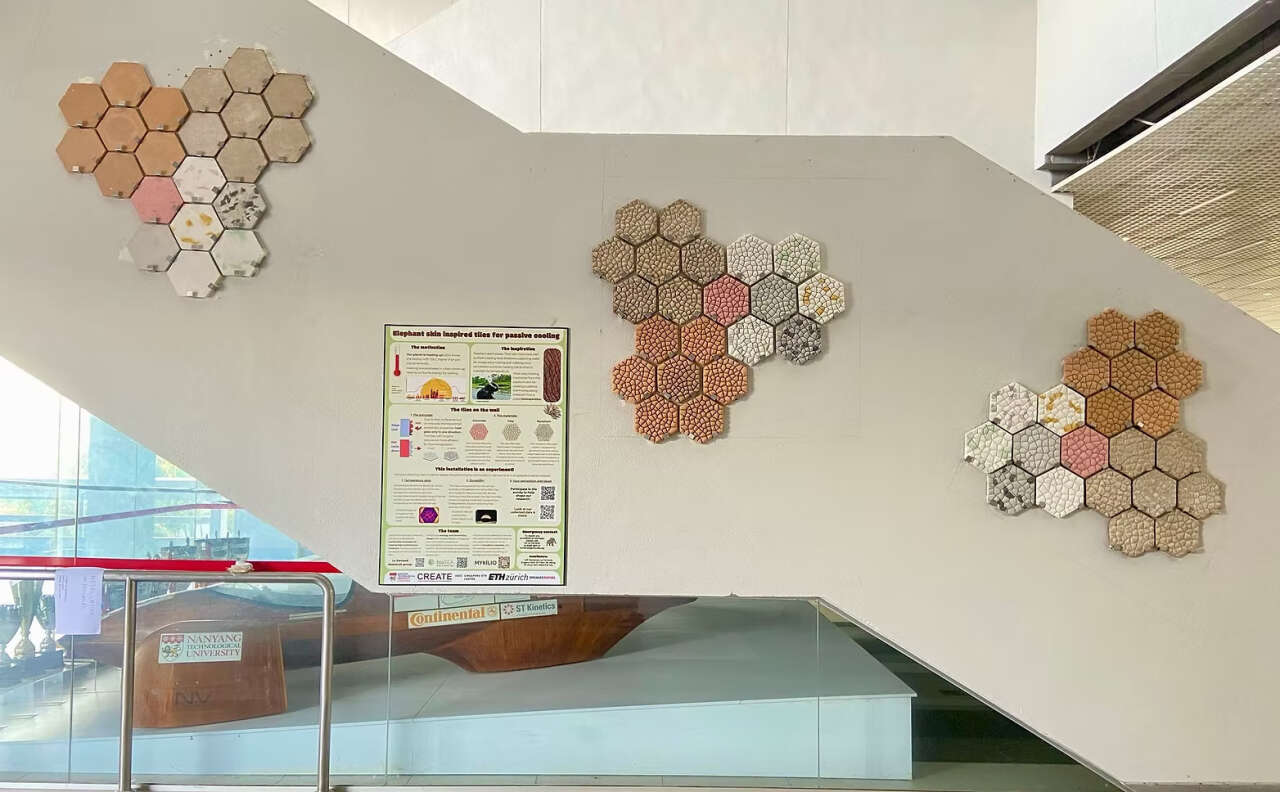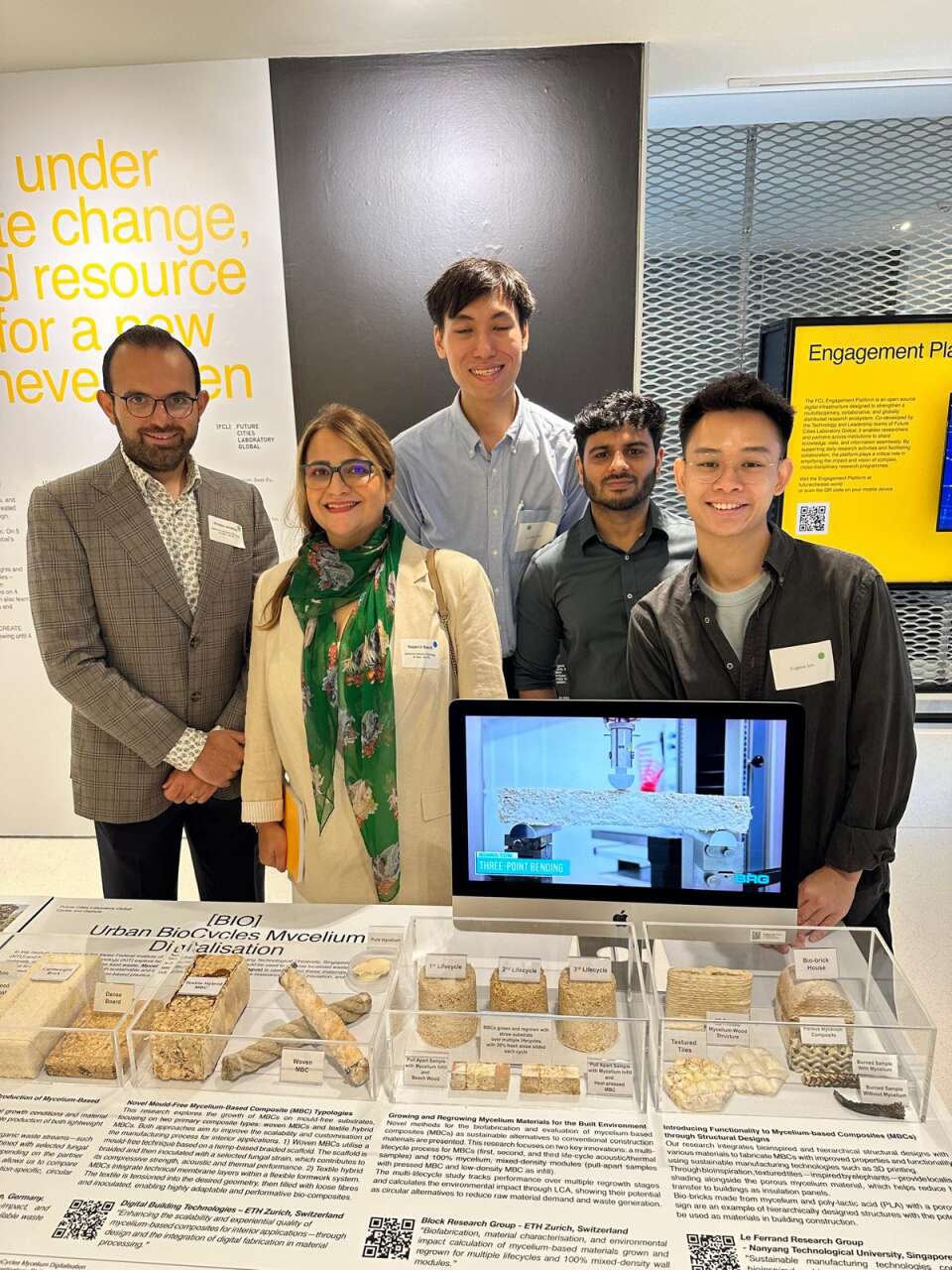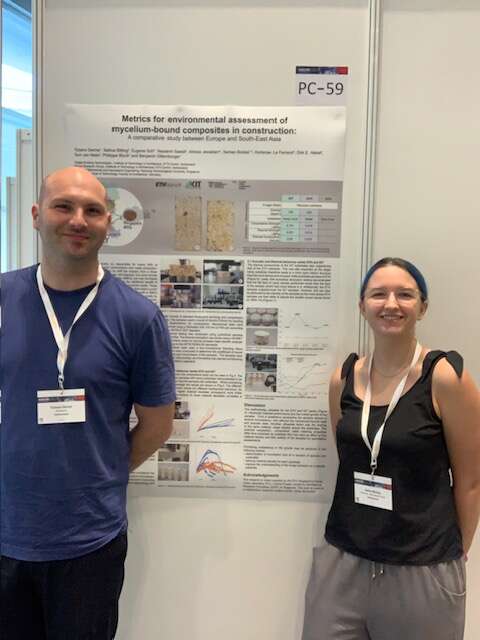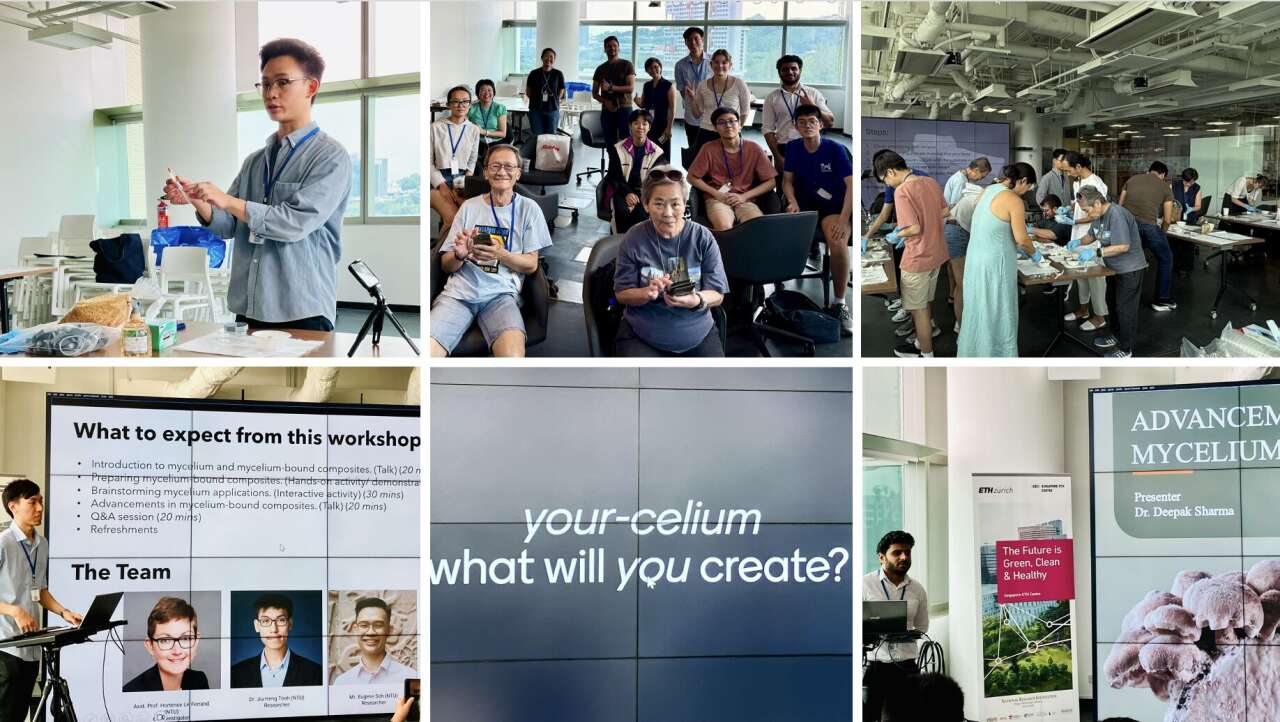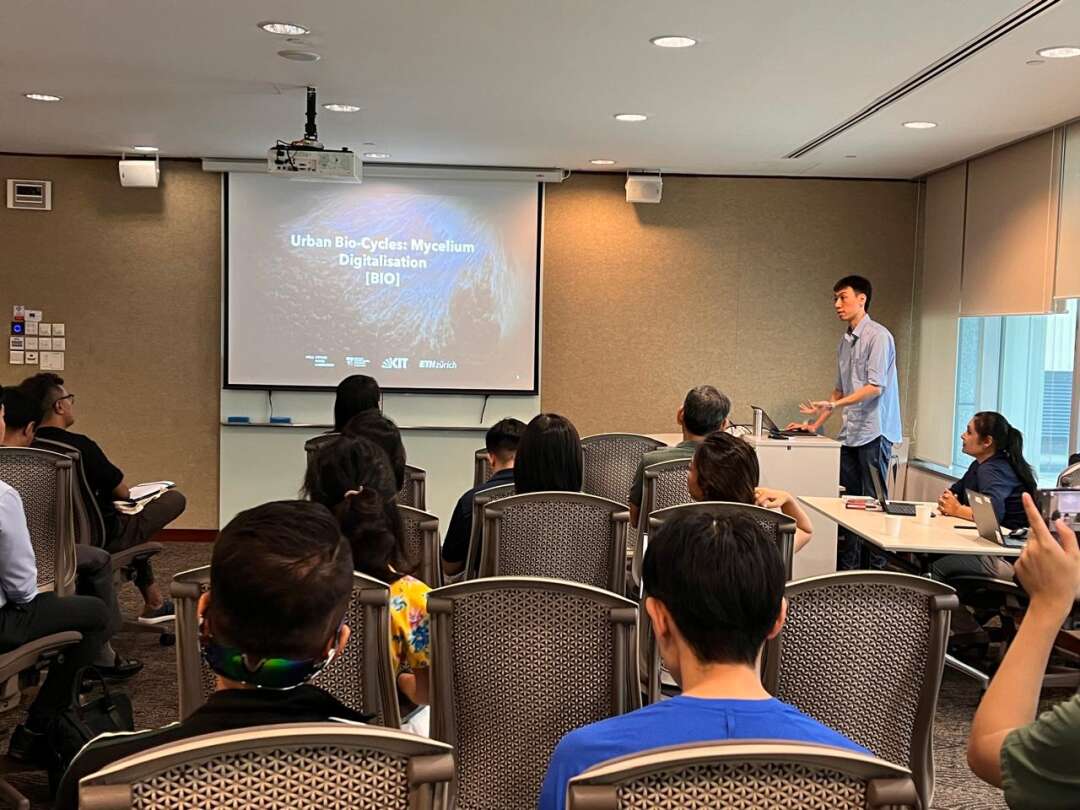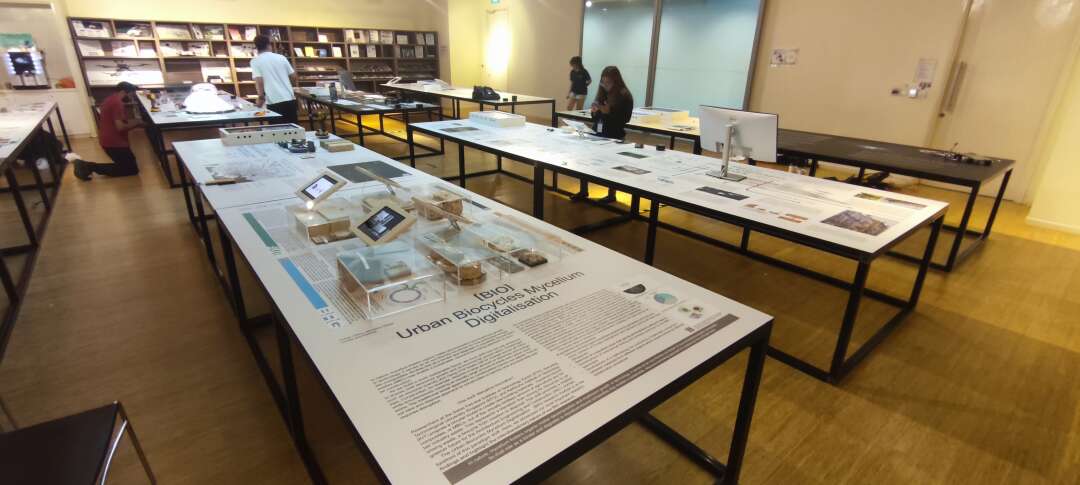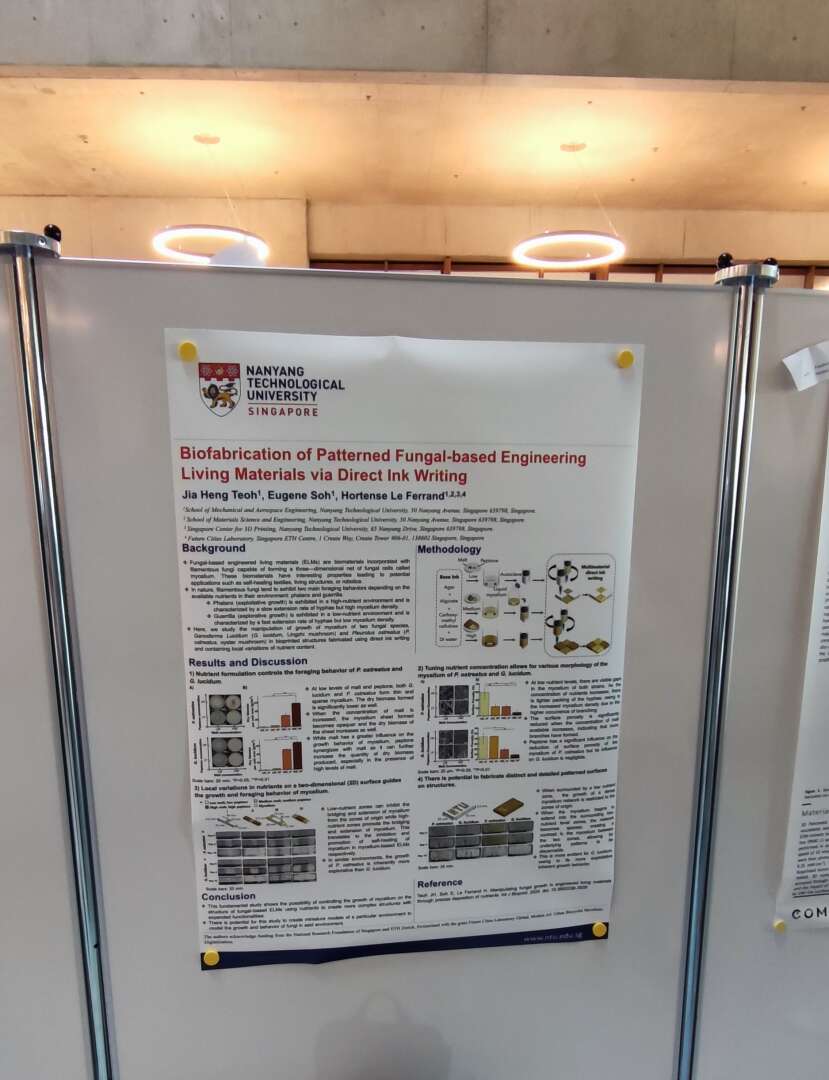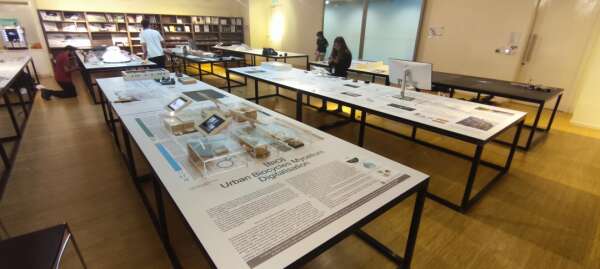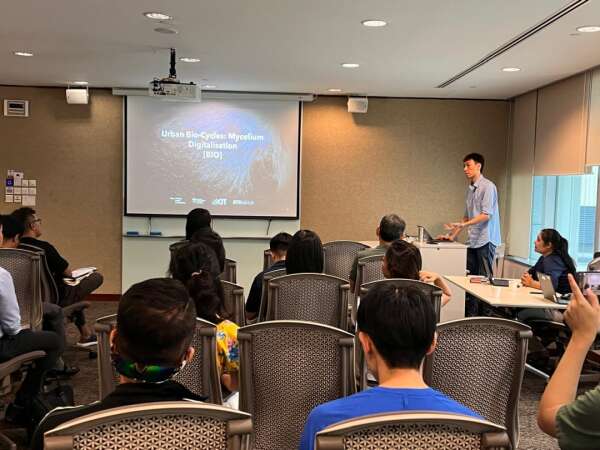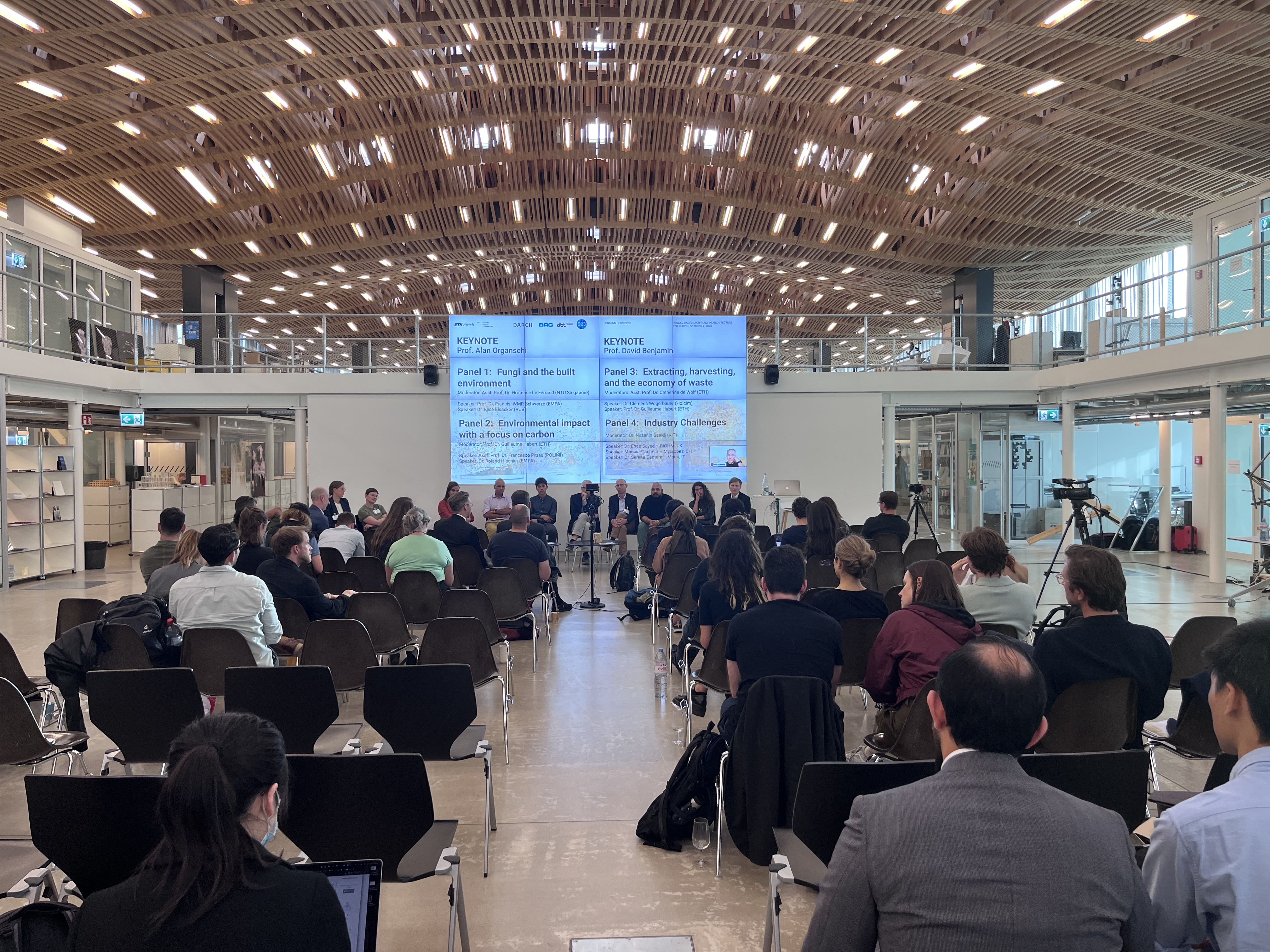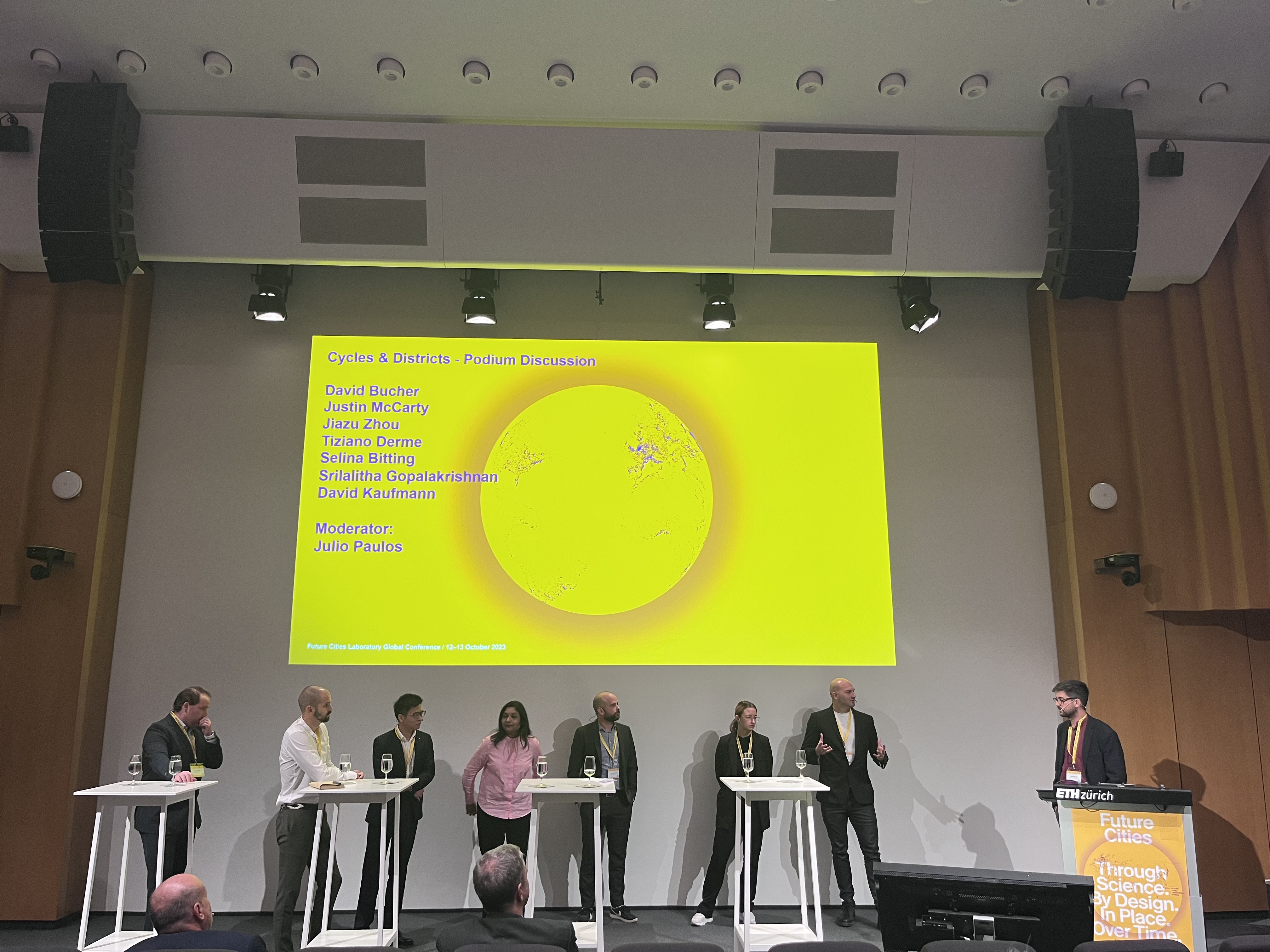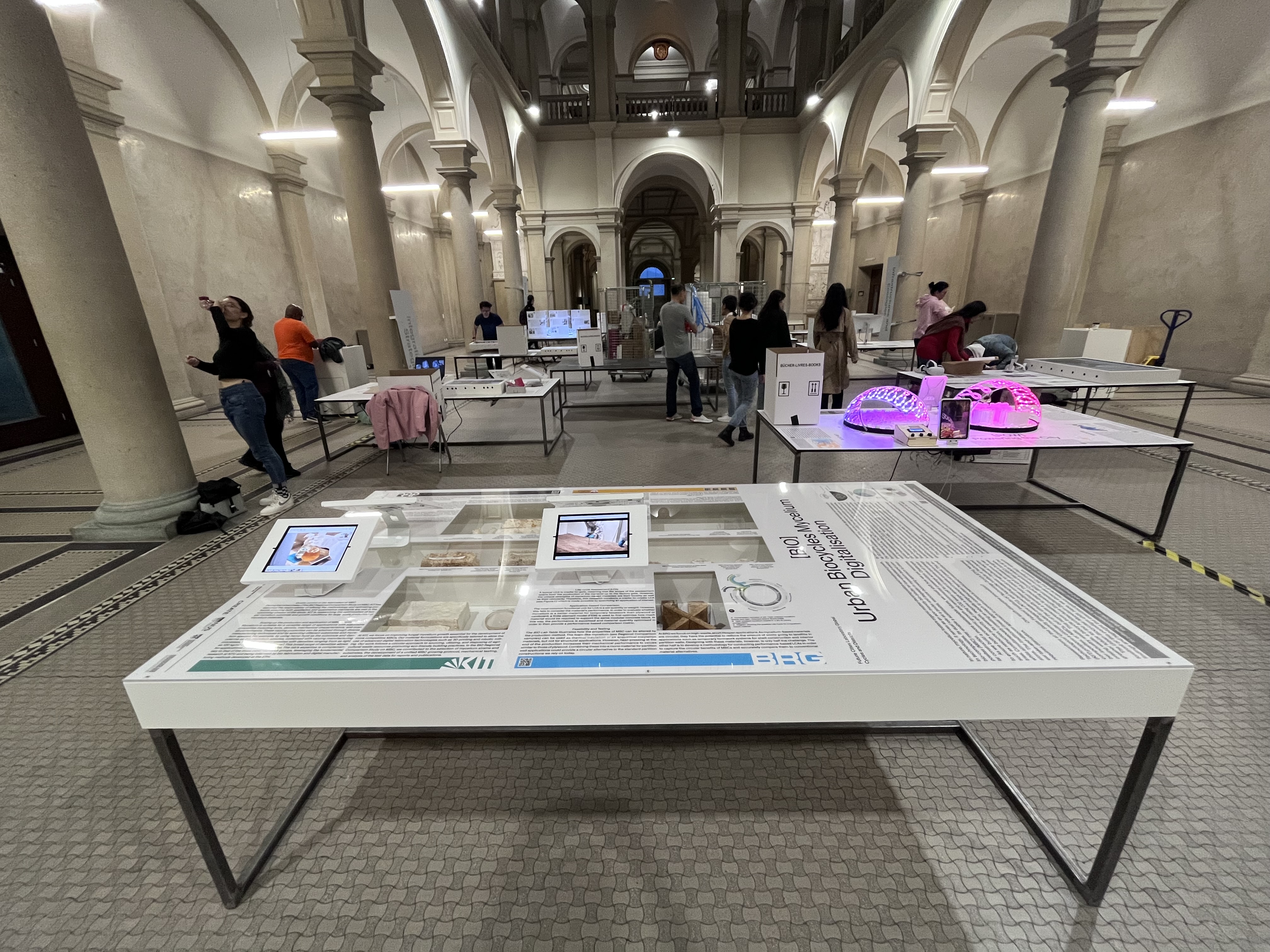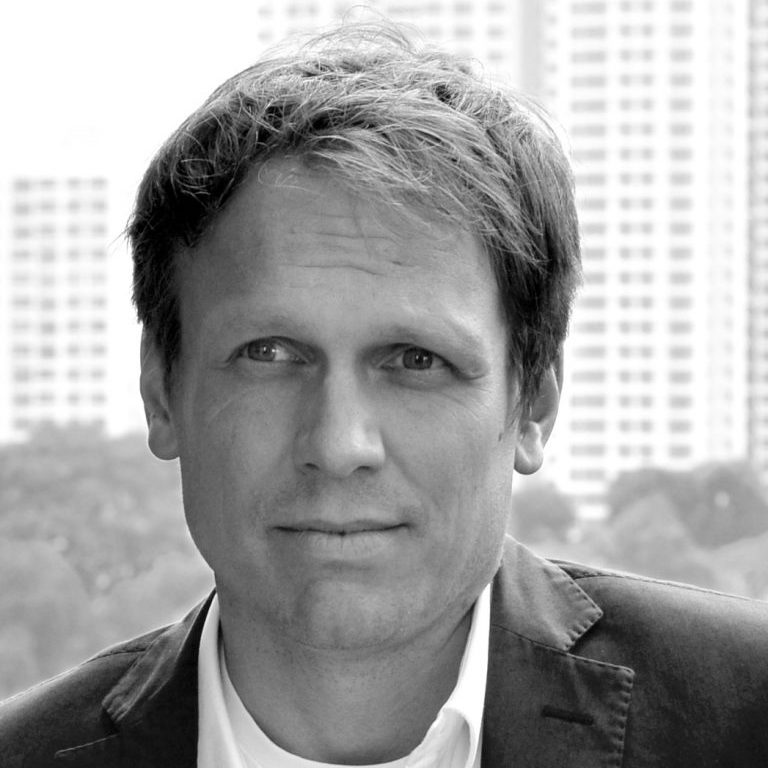Re-establishing bio-cycles through additive and subtractive digital fabrication strategies
The worldwide economic and ecological development of our future is strongly connected to the question of where our resources for future prosperity come from. As mineral resources become scarce and CO2 levels reach alarming levels, all economic sectors need radical rethinking.
The building industry alone is responsible for 40% of global solid waste production, 40% of the use of primary energy resources, and 40% of CO2 emissions worldwide. Even in current times, natural resources are extracted from the earth and disposed of in a linear process. They are literally exhausted rather than being temporarily borrowed from natural or socio-technical circuits.
This approach has profound consequences for our planet, which will be further aggravated if we do not adopt a more circular resource utilization process. Ecosystems are destroyed, the climate is jeopardized, and many resources – such as sand, gravel, copper, and zinc – will soon no longer be available in economically reasonable terms. To address this issue, we need to build an environment that is truly sustainable by using alternative construction materials and systems.
In this module, the researchers aim to develop new sustainable technologies by combining composite materials that comprise cultivated, grown, harvested, or even waste materials and other natural resources with digital fabrication methods. Mycelium material grown from fungi is one of the materials of choice for this enterprise, as well as subtractive processes and 3D-printing (3DP). Along with materials and fabrication, a careful assessment of the sustainability and likelihood of application in the construction sector is studied.

